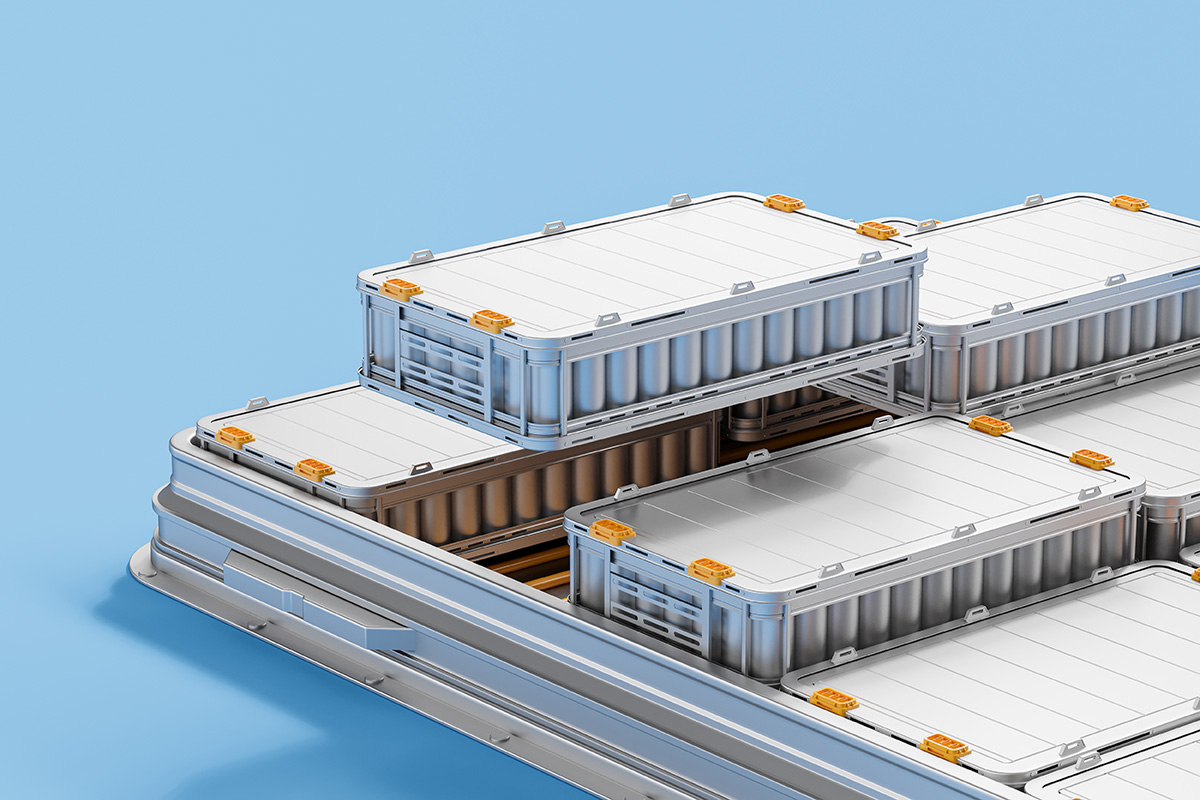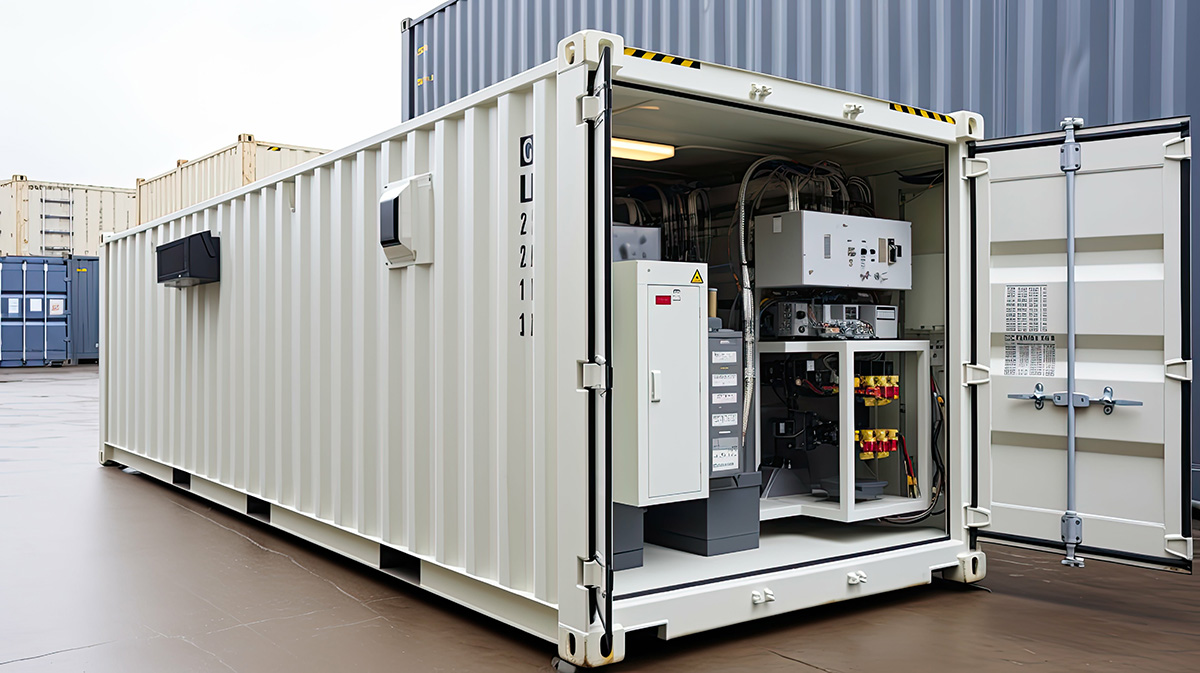BATTERY ENERGY STORAGE
Lithium-Ion Batteries: Maximize Performance and Minimize Safety Hazards

By Justin Pratt
Alamon Electrical Supervisor
Lithium-ion batteries offer numerous advantages for energy storage, including high energy density, efficiency, lifespan and affordability. Fully tapping into their potential requires proper handling to maximize performance and minimize safety hazards. In this article, we’ll cover the risks:
- Temperature
- Mechanical
- Electrical
- Chemical
We’ll also outline the importance of mitigation strategies:
- High-Quality Materials and Design
- Battery Management Systems (BMS)
- Thermal Management Systems
- Safety Venting
Strictly adhering to safety guidelines and employing effective risk mitigation strategies are essential when using Lithium-ion batteries for Battery Energy Storage Systems.
ALAMON ENERGY SERVICES
REACH OUT TO ALAMON
Employee-owned, safety focused and known for sustained excellence and exceptional customer service, Alamon self-performs a variety of renewable energy installation and maintenance services across the U.S.





